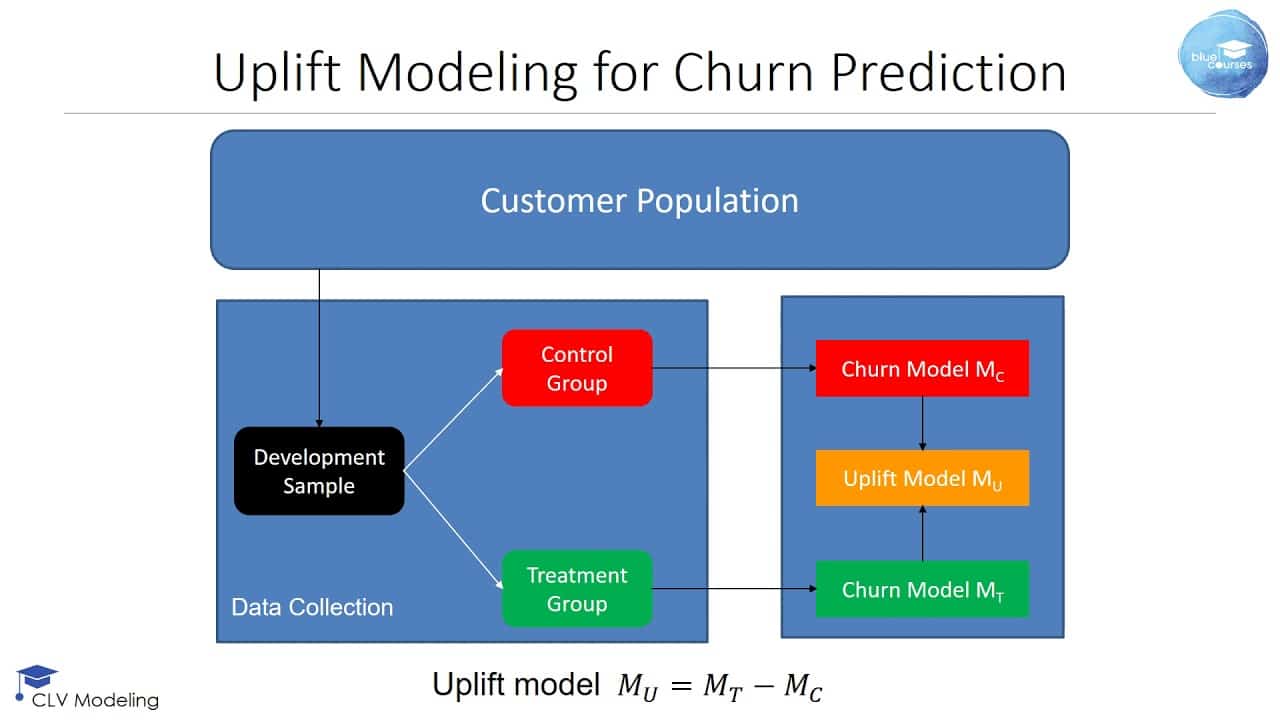Uplift modeling is an analytical tool used to predict which consumers or customers are most likely to respond to a particular marketing or service intervention. It is used widely by marketers and other professionals to maximize the potential of their campaigns or services.
Uplift modeling uses a combination of predictive analytics and machine learning algorithms to identify the customers who will have the highest response to an offer or campaign. It is different to traditional predictive models commonly used in marketing in that it predicts the net effects of an action; that is, the difference between what would happen if the customer was sent the offer or campaign and what would happen if they were not. This gives the marketer a much better idea of which customers to target for maximum result.
Uplift modeling can be used in any number of marketing campaigns, from advertising and promotions to direct mail and email campaigns. The technique can also be used in customer segmentation and customer lifetime value calculations.
Uplift modeling uses survey data, such as stated behavior or customer reviews, to build models. Utilizing binary classifiers, the model then estimates which customers will react positively and which will react negatively to the campaign. Uplift models generally use logistic regression or decision trees as the forecasting algorithms.
Uplift modeling is becoming more widely used as businesses become increasingly digital, as there is a greater need to maximize and target the effectiveness of marketing campaigns. While the model is effective, it does have some limitations, such as the need for a large sample of customers, the risk of data bias, and the difficulty of interpreting the results.






